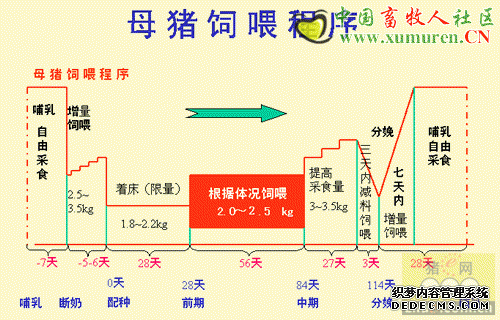Neighbourhood infections of classical swine fever during the 1997-1998 epidemic in The Netherlands
By Crauwels AP, Nielen M, Elbers AR, Stegeman JA, Tielen MJ, Farm Management Group, Department of Social Sciences, Wageningen University - This abstract looks at how data of the 1997-1998 epidemic of classical swine fever (CSF) in The Netherlands was analysed in survival analysis to identify risk factors that were associated with the rate of neighbourhood infections.
The study population consisted of herds within 1000 m of exclusively one previously infected herd. Dates of virus introduction into herds were drawn randomly from estimated probability distributions per herd of possible weeks of virus introduction. (To confirm the insensitivity of the results for this random data-selection procedure, the procedure was repeated 9 times (resulting in 10 different data sets).)
The data set had 906 non-infected and 59 infected neighbour herds, which were distributed over 215 different neighbourhoods. Neighbour herds that never became infected were right-censored at the last date of the infectious period of the infected source herd.
Neighbour herds that became empty within the infectious period or within the following 21 days due to preventive depopulation or due to the implemented buying-out programme were right-censored 21 days before the moment of becoming empty. This was done as a correction for the time a herd could be infected without being noticed as such.The median time to identified infection of neighbour herds was 2 weeks, whereas the median time to right censoring of non-infected neighbour herds was 3 weeks.
The risk factors, radial distance < or =500 m, cattle present on source herd and increasing herd size of the neighbour herd were associated multivariably with the hazard for neighbour herds to become infected. We did not find an association between time down wind and infection risk for neighbour herds. Radial dispersion of CSFV seemed more important in neighbourhood infections than dispersion along the road on which the infected source herd is situated.
The results of this study support the strategy of preventive depopulation in the neighbourhood of an infected herd. Recommendations are presented to adapt the applied control strategy for neighbourhood infections.
Further Information
For information on how to access the complete article, please click here.
Source: PubMed - National Center for Biotechnology Information - February 2004
声明
来源:互联网
本文地址:http://farm.00-net.com/yz/zhu/5/2007-09-18/142286.html








